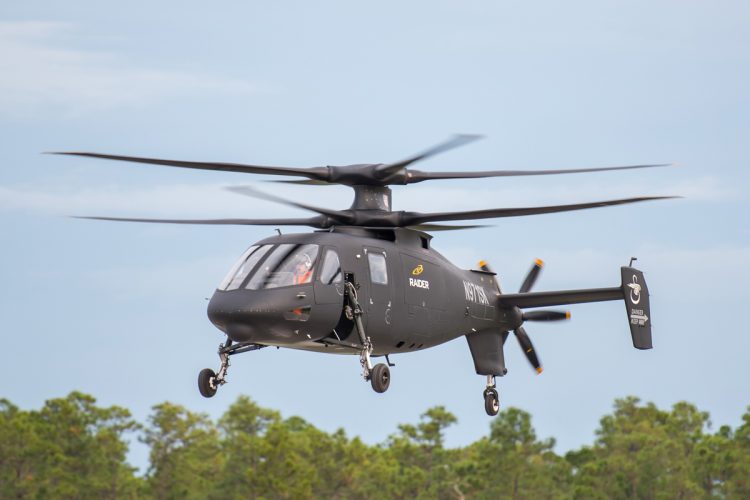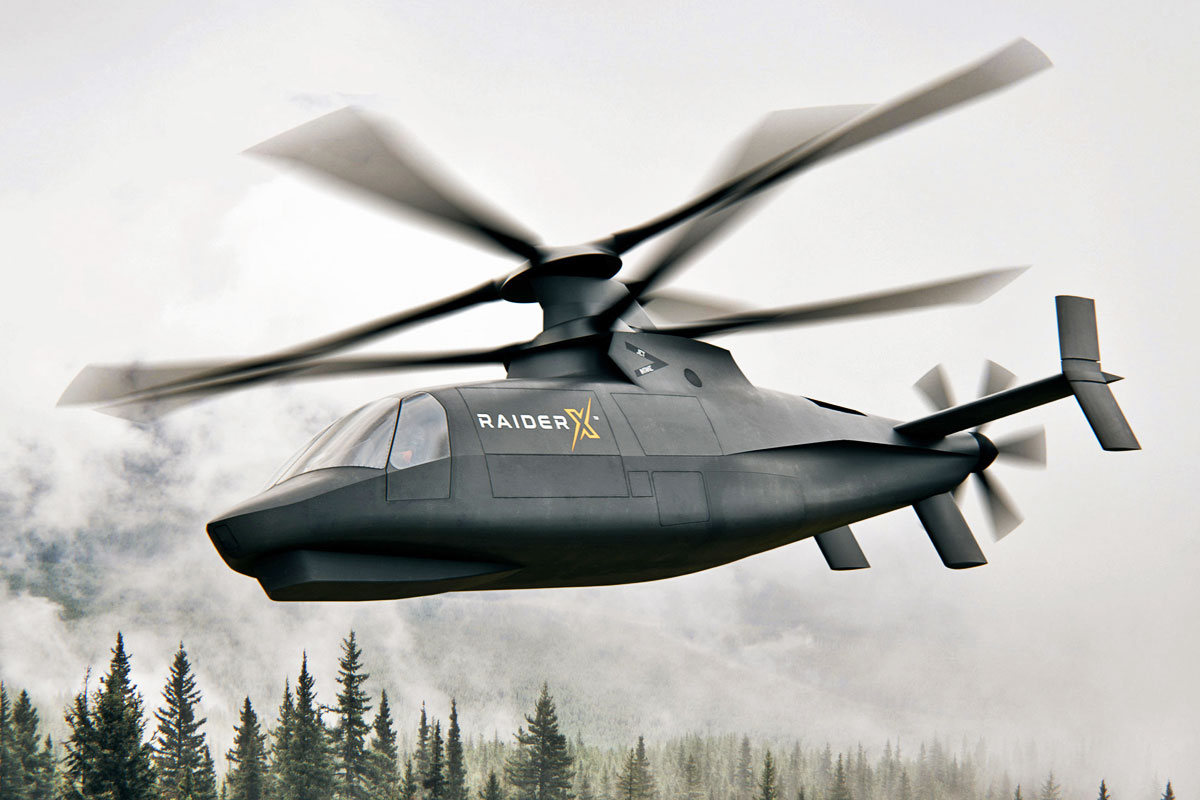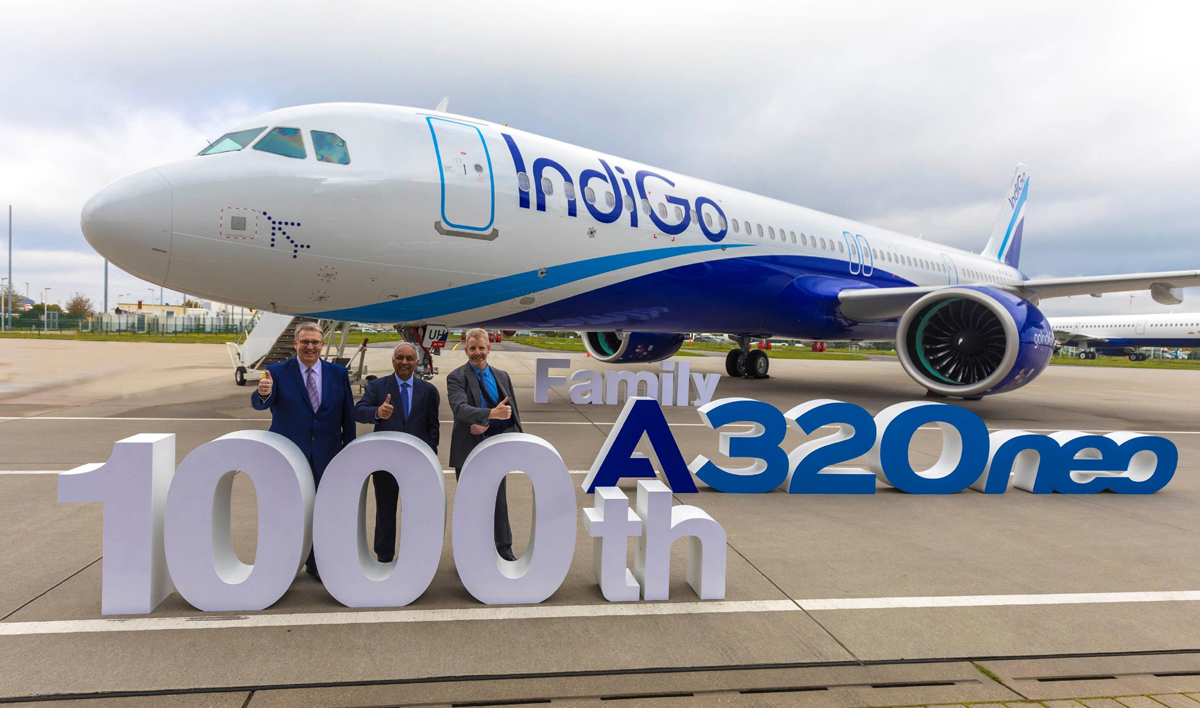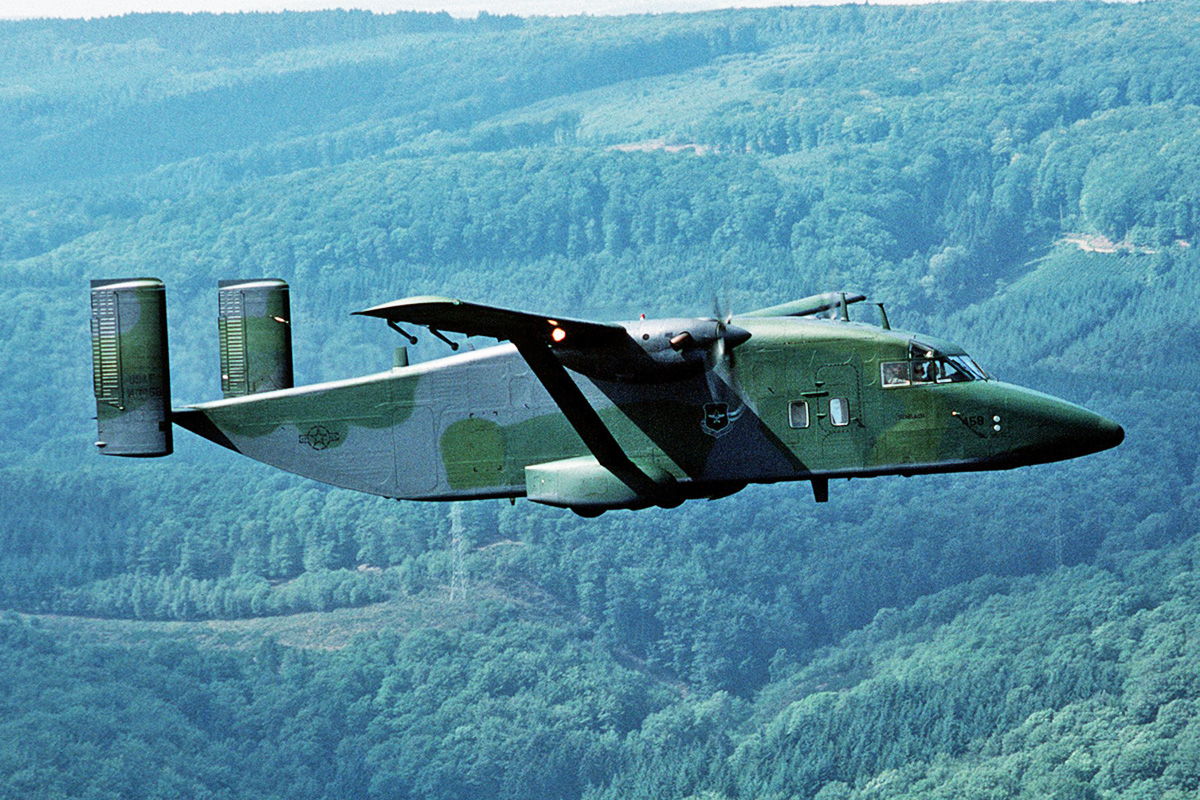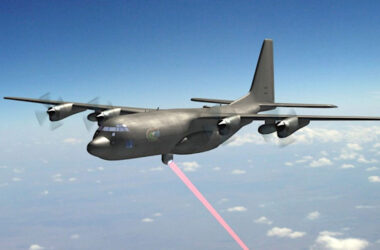Days after Bell Helicopter unveiled the 360 Invictus, a conventional-purpose helicopter for the US Army FARA program, Sikorsky introduced Raider X, its competitor using innovative X2 technology.
The helicopter concept utilizes rigid coaxial rotors in conjunction with a propeller propeller at the rear, a combination tested by the S-97 Raider prototype and also by Defiant, which participates in other army competition.
Raider X, on the other hand, surprised by its more versatile design with a larger cabin where crew members are accommodated side by side – in Invictus they are in a row, such as attack helicopters.
Sikorsky’s bet is mainly on speed: Raider X can top 250 knots against about 180 knots from its rival Bell. But the manufacturer (which is part of Lockheed Martin) also promises high maneuverability, ease of upgrades through plug-and-play systems and low operating costs.
Raider X features include the service ceiling above 9,000 feet, low-speed and high-speed handling envelopes out to 60+ degrees angle of bank, Aeronautical Design Standard (ADS-33B) Level 1 handling qualities with multiple pilots and flight controls optimization and vibration mitigation.
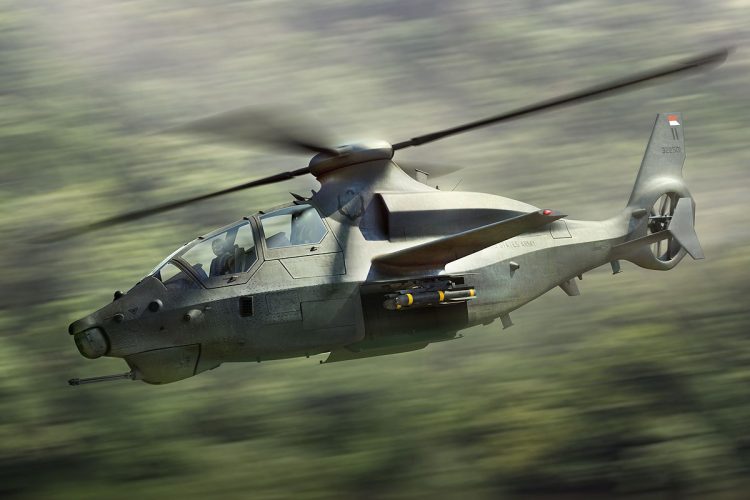
“Raider X is the culmination of decades of development, and a testament to our innovation and passion for solving our customers’ needs,” said Sikorsky President Dan Schultz. “By leveraging the strength of the entire Lockheed Martin Corporation, we will deliver the only solution that gives the U.S. Army the superiority needed to meet its mission requirements.”
The US Army wants to operate the new scout and reconnaissance helicopter from 2028. In addition to Bell and Sikorsly, Boeing and startups AVX Aircraft and Karem Aircraft have not yet submitted their bid.
